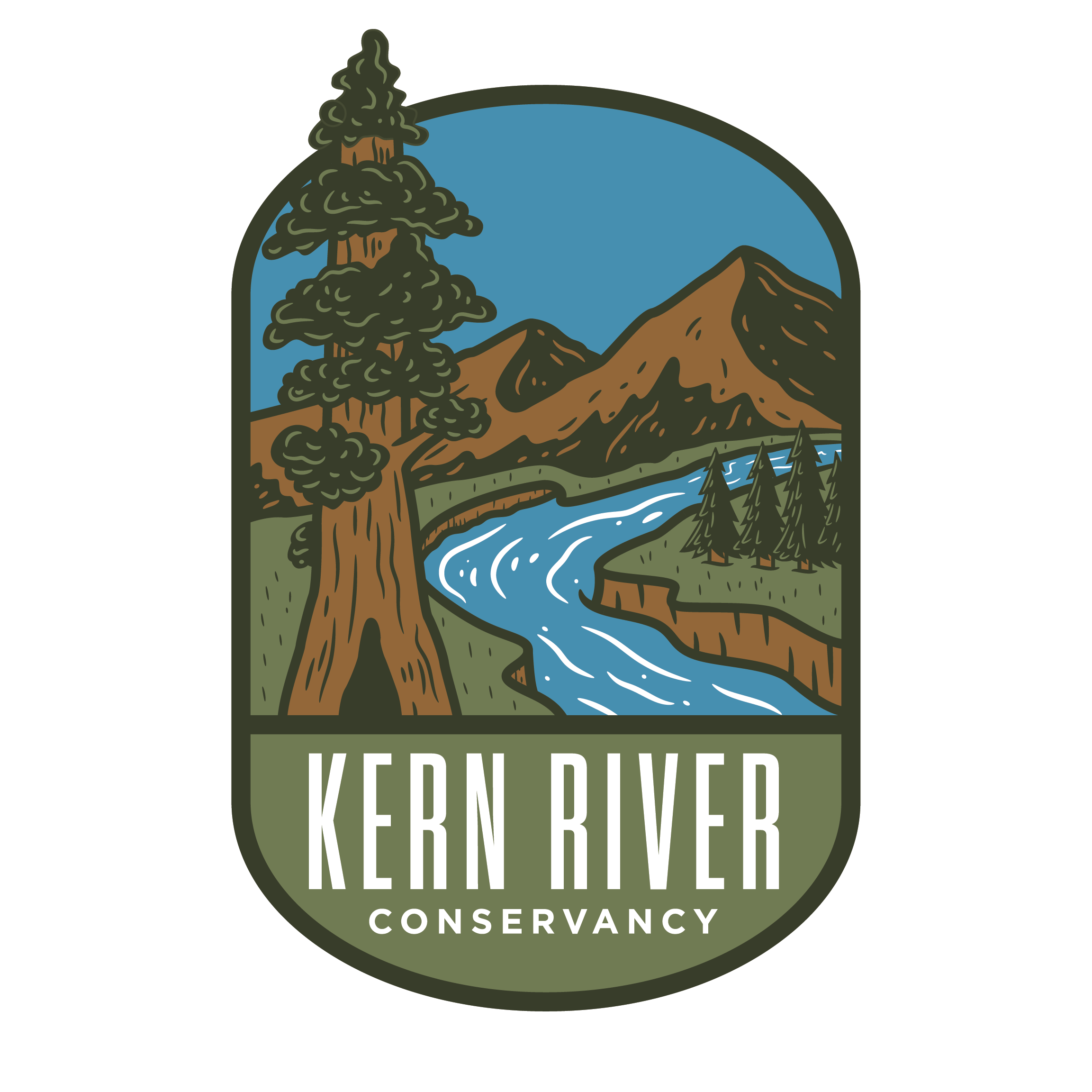El Niño, What to expect for the Kern River Watershed.
The 2023-2024 El Niño Forecast: Impacts on California's Sierra Nevada Mountains and the Kern River Watershed
El Niño, a climate phenomenon characterized by the warming of sea surface temperatures in the equatorial Pacific Ocean, has the potential to significantly impact weather patterns worldwide. In recent years, California's Sierra Nevada mountains have experienced a rollercoaster of precipitation patterns, from severe droughts to torrential rainfall. As we look ahead to 2023-2024, a new El Niño event is on the horizon, raising important questions about how it might affect the Sierra Nevada region, including the Kern River watershed.
Understanding El Niño
Before we delve into the 2023-2024 forecast, it's essential to grasp the basics of El Niño. The phenomenon occurs when warm ocean waters shift eastward in the Pacific, influencing atmospheric circulation patterns. These changes can lead to shifts in weather patterns, including changes in rainfall and temperature.
El Niño and California
El Niño events have historically played a significant role in California's weather, and their impact is particularly noticeable in the Sierra Nevada mountains. While the exact effects can vary from one event to the next, El Niño events generally bring wetter conditions to the region. This increased precipitation can have both positive and negative consequences.
2023-2024 El Niño Forecast
The 2023-2024 El Niño forecast suggests that there is a strong likelihood of a moderate to strong El Niño event taking place during this period. Although the exact intensity and duration of the event may vary, it's crucial for those living in or near the Sierra Nevada mountains, particularly the Kern River watershed, to prepare for potential changes in weather patterns.
Potential Effects on the Kern River Watershed
The Kern River watershed is a vital source of water for both local communities and agriculture in the region. The 2023-2024 El Niño event is expected to have specific impacts on this watershed:
1. Increased Runoff: El Niño typically results in higher-than-average precipitation, which can lead to increased runoff into the Kern River. This can be beneficial for water availability but also increases the risk of flooding, particularly in downstream areas.
2. Snowpack Accumulation: For regions that depend on the Kern River watershed for water resources, the increase in snowpack due to El Niño can be positive. A healthy snowpack ensures a consistent water supply for the dry months ahead.
3. Reservoir Levels: The increased runoff and snowpack accumulation can help replenish the reservoirs in the Kern River watershed, which may have experienced depletion during prolonged droughts.
4. Flood Risk: With the heightened precipitation, there is a potential for flooding in the Kern River watershed. Local authorities and communities in the region should be prepared for flood events and have proper mitigation measures in place.
5. Water Quality: An increase in freshwater inflow due to El Niño can help dilute pollutants in the Kern River, improving water quality and benefiting both ecosystems and the communities that rely on it.
The 2023-2024 El Niño forecast for California's Sierra Nevada mountains, including the Kern River watershed, offers the potential for both positive and negative impacts. While the region can expect increased precipitation and benefits such as snowpack accumulation and improved water quality, it is vital for residents, communities, and authorities to prepare for the associated challenges, including flood risk. Managing water resources and maintaining safety measures will be crucial during this period.
As we move forward, it's essential to stay informed about the changing weather patterns and work collaboratively to minimize the potential risks while maximizing the benefits of this El Niño event, especially within the Kern River watershed. By doing so, we can better adapt to the ever-changing climate conditions and ensure the resilience of the region, protecting both water resources and the communities that depend on them.

